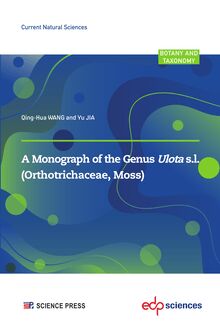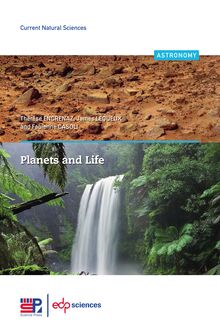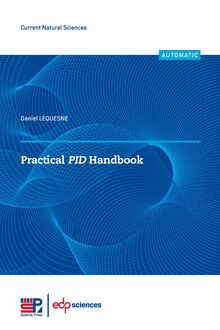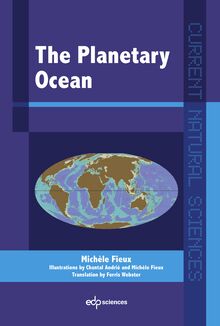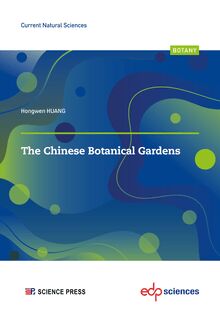Checklist of Vascular Plants in Central Asia , livre ebook
510
pages
English
Ebooks
2024
Obtenez un accès à la bibliothèque pour le consulter en ligne En savoir plus
Découvre YouScribe et accède à tout notre catalogue !
Découvre YouScribe et accède à tout notre catalogue !
510
pages
English
Ebooks
2024
Obtenez un accès à la bibliothèque pour le consulter en ligne En savoir plus
Publié par
Date de parution
19 décembre 2024
Nombre de lectures
5
EAN13
9782759836703
Langue
English
Poids de l'ouvrage
5 Mo
The vascular plants distributed in Central Asia comprehensive and systematic are recorded in this book. Families are arranged systematically, but genera and species are arranged in alphabetical order. The classification for lycophytes and ferns, gymnosperm and angiosperm were based on PPG I (2016), Christenhusz et al. (2011) and APG IV (2016), respectively. The family, genus, Latin name, important synonym and distributed country in Central Asia were recorded for each species. The original data of this book was based on the botanical records, floras and checklists published in five Central Asia countries. All the data were cleaned according the latest research progress in taxonomy and systematics. In total, 9643 vascular taxa (248 subspecies and 68 varieties) belonging to 1198 genera and 139 families were recorded in Central Asia, including 70 taxa of lycophytes and ferns, 36 taxa of gymnosperm, and 9537 taxa of angiosperm. The book also includes some introduced species (*) and species of doubtful distribution (?).
Publié par
Date de parution
19 décembre 2024
EAN13
9782759836703
Langue
English
Poids de l'ouvrage
5 Mo







